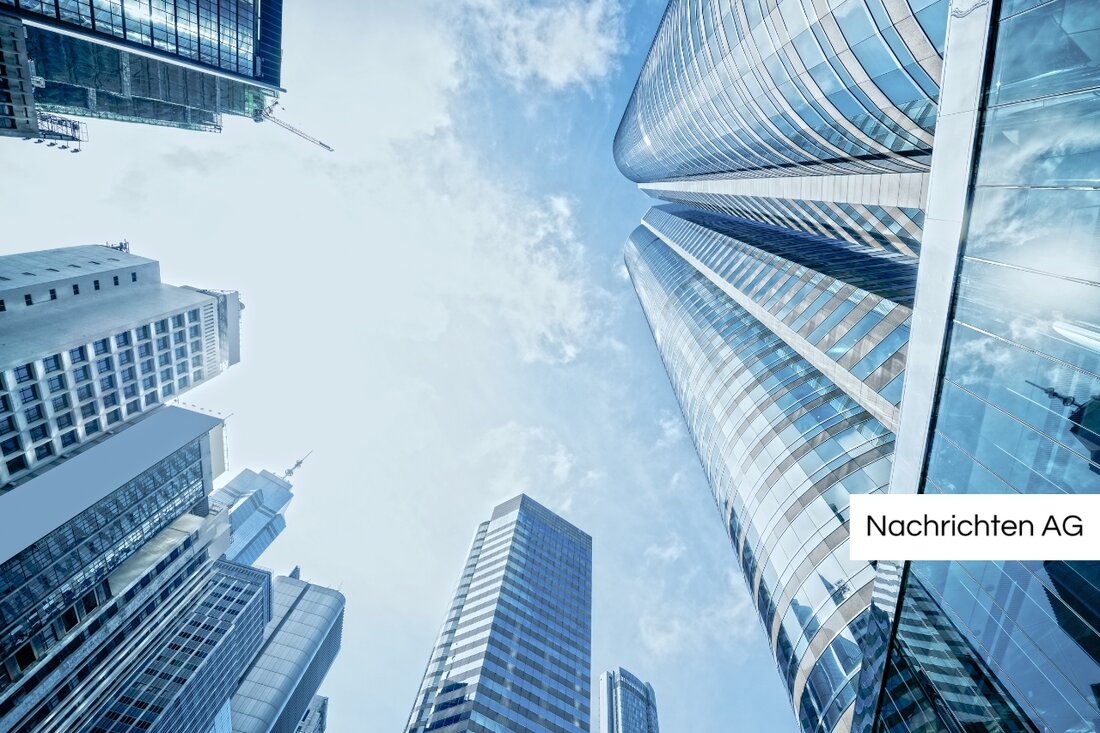Future of rail transport: Dresden on the mobility fast lane!
On October 22, 2025, experts will discuss the future of rail transport in the growth region in the Volkshaus Dresden. Admission free!

Future of rail transport: Dresden on the mobility fast lane!
Dresden is facing an exciting challenge: the city is growing and with it the mobility needs of the population. On October 22, 2025, an important event will take place in the Richard-Teichgräber-Saal in the Dresden Volkshaus that will focus on the future of local rail passenger transport (SPNV). The DGB Dresden City Association and the Friedrich Ebert Foundation Saxony invite everyone interested to a discussion entitled “Dresden Mobility Hub”. From 6:00 p.m. to 8:00 p.m. there will be a discussion about the key role of local public transport in the economic and ecological development of the region. [DGB reports that ...](https://sachsen.dgb.de/aktuelles/news/mobilitaetsdrehscheibe-dresden-zukunft-des-schienenverkehrs-in-unserer- Growthregion/)
With a planned increase of 27,000 employees and their families in the north of Dresden by 2030, the necessary connection between Dresden and the surrounding area via local public transport is of great importance. However, current financial resources are limited, both in terms of politics and economics. In the game between high expectations and scarce resources, efficient local public transport is declared the goal in order to ensure reliable public mobility.
Politics and strategy for the mobility transition
Dresden has also set itself an ambitious goal: by 2030, the proportion of journeys made using local public transport (ÖPNV) should increase to 25-30 percent, currently it is around 20 percent. The Dresden transport company has developed a strategy paper called “Mobility for Dresden”, which examines various measures to improve public transport. Pull and push measures are combined to attract an additional 39 million passengers annually. DVB informs that...
The pull measures include improving quality and expanding infrastructure, while the push measures control traffic flow through reduced parking spaces and increased parking fees. Investments of around 500 million euros are necessary to implement these measures, but financing the transport transition is considered a joint task that politics, business and society must tackle together.
Guide to sustainable mobility
The mobility transition also has an impact on everyday life and economic development in cities. According to the Federal Ministry for Digital and Transport, mobility is crucial for society. New mobility concepts should be developed without having to make sacrifices. Instead, the aim is to reduce motorized individual transport and switch to public transport and alternative forms of mobility. BMDV declares that ...
Improving the infrastructure is of central importance. Pedestrian zones and continuous cycle paths are essential to make it easier to switch to sustainable means of transport. Modern technologies such as electric minibuses could particularly benefit people with reduced mobility, while autonomous vehicles could improve public transport services in rural regions.
The event on October 22nd not only offers exciting discussions, but also the opportunity for everyone interested to get actively involved and set the course for a transport-friendly future for Dresden. Registrations must be sent to sachsen@fes.de by October 18th. Admission is free and everyone is welcome!

 Suche
Suche